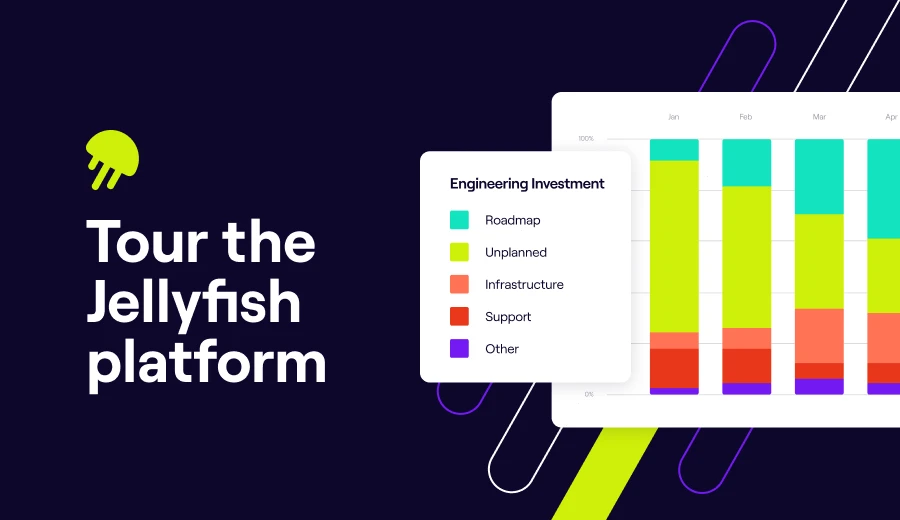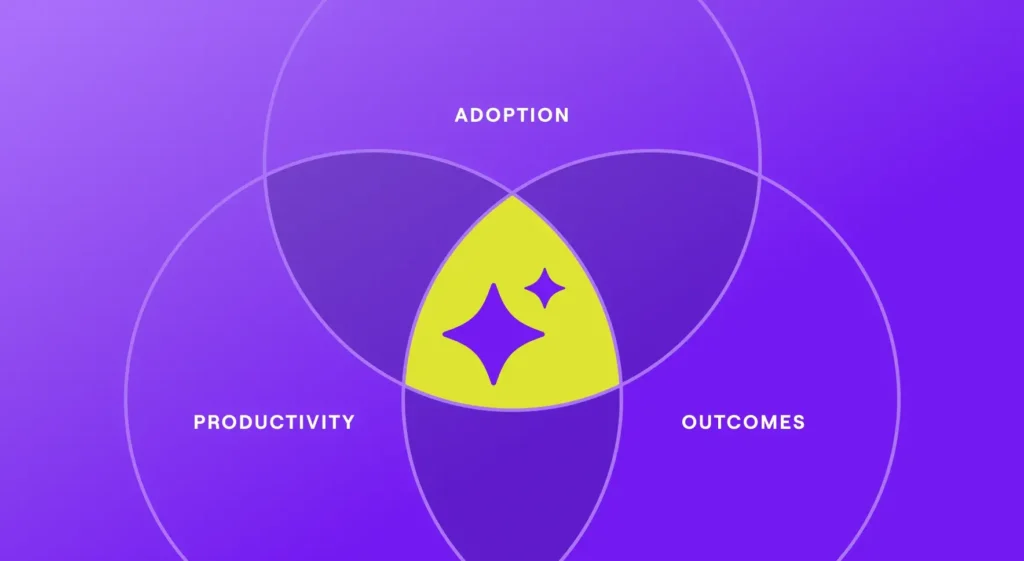Product metrics in software engineering refer to the quantifiable measurements used to assess the characteristics and performance of software products throughout their development and maintenance lifecycle. These metrics provide valuable insights into various aspects of software quality, effectiveness, efficiency, and reliability. By employing a comprehensive product metrics framework, software engineering teams can gain a deeper understanding of their products, make data-driven decisions, and continuously improve their software development processes.
Software metrics, a subset of product metrics, encompass a wide range of quantitative measurements that evaluate different dimensions of software systems. These metrics can be classified into various categories, such as Metrics For Investment & Capacity, Metrics for Quality, Metrics for Process, Metrics for Progress
A robust product metrics strategy involves selecting the appropriate metrics for a given software project and collecting the necessary data throughout the development process. It is crucial to choose metrics that align with the project’s objectives and address its specific requirements.
Once the most appropriate metrics are identified, they need to be consistently measured and analyzed to provide meaningful insights. Tracking product metrics over time allows for trend analysis and enables comparisons between different releases or versions. By establishing benchmarks and targets, software engineering teams can set performance goals and track progress toward achieving them.
Types Of Metrics In Software Engineering
Types Of Metrics In Software Engineering
In software engineering, product metrics play a crucial role in evaluating the quality, performance, and effectiveness of software systems. There are different types of metrics in software engineering, including:
- Metrics For Investment & Capacity
- Metrics for Quality
- Metrics for Process
- Metrics for Progress
Software measurement, which encompasses the collection and analysis of product metrics, is vital in software engineering. It provides objective data to evaluate the performance of software products and development processes. Software metrics help identify areas for improvement, track progress, and make data-driven decisions. These metrics assist in assessing the impact of process changes, evaluating development methodologies, and allocating resources effectively.

10 KPIs Every Engineering Leader Should Track
Get eBookSoftware Metrics For Investment & Capacity
Software Metrics For Investment & Capacity
There’s a lot of hype out there around shipping software faster, and there’s no doubt that speed to market is important. But shipping code quickly is not helpful if you don’t know it’s the right feature to be building to begin with. For many organizations, the engineering team is the largest investment your company is making, so it’s important to ensure that this investment is being pointed in the right direction.
It’s also important to recognize that this investment is not limitless and avoid the trap of overcommitting engineering resources at the expense of spreading the focus too thin. At the end of the day, engineering is a zero-sum game. Given the same number of engineers and dollars, the team cannot build everything, so prioritizing is paramount. Understanding the overall capacity of your engineering teams and mapping how the work they do breaks down by logical categories or allocations will help you ensure your organization
is providing maximal value to your company and your customers.
Two KPIs that will help you do that are: Category or Investment Breakdown, also called Allocation, and Ramp Time.
-
- Allocation: a way of visualizing how close your team is to that goal by breaking down the work they do across axes that matter to the business.
-
- Ramp Time: Tracking how long before new software engineers contribute fully
Software Quality Metrics
Software Quality Metrics
Software quality metrics are essential tools in software quality assurance, providing quantitative measurements to evaluate the quality of software products. These metrics are designed to assess various aspects of software systems, such as functionality, reliability, maintainability, and usability. By utilizing a comprehensive software quality metrics framework, organizations can systematically measure and track the quality of their software products throughout the development lifecycle.
Once you know your engineering team is building the right products and features, it’s important to ensure that the software being developed can provide that value to your customers consistently. Quality metrics measure that consistency. Any quality problem, whether that is a bug, a glitch, or something else unforeseen, is a potential threat to successful delivery of value. Unhappy customers are not simply a problem for the revenue team. Quality issues will eventually come back to the engineers – your team.
It’s important to monitor quality metrics in order to minimize customer impact and ultimately to maximize customer satisfaction and retention. Three important KPIs to keep a close eye on are: Bugs, Time to Resolution, and Uptime.
-
- Bugs: By understanding the number and severity of bugs that exist per product or feature, and comparing that with product or feature usage among your customer base, you will have a better understanding of which bugs to prioritize fixing, and therefore where to devote your resources.
-
- Time to Resolution: measure the time it takes to resolve reported bugs, failures, and other incidents.
-
- Uptime: Measure how consistently your product is delivering value
By tracking and analyzing software quality metrics, organizations can improve the overall quality of their software products, enhance customer satisfaction, and reduce maintenance efforts and costs. Furthermore, these metrics enable organizations to benchmark their software quality against industry standards and best practices, driving continuous improvement and ensuring competitiveness in the market.
Process Metrics In Software Engineering
Process Metrics In Software Engineering
Process metrics in software engineering refer to the quantitative measurements used to evaluate and monitor the effectiveness, efficiency, and quality of the software development process itself. These metrics focus on the activities, workflows, and practices employed throughout the software development lifecycle. By analyzing process metrics, software engineering teams can identify areas for improvement and make data-driven decisions to enhance their development processes.
Delivering code faster is where most vendors and vocal members of the
tech community focus. But delivering predictably is important to set proper expectations, drive alignment across functional teams, and allow for better execution and therefore better penetration of the market for that value your organization has worked so hard to build. Process metrics for software engineering teams include Cycle Time & Lead Time, Deployment Frequency, and Task (or other unit of work) Resolution Rate Over Time.
-
- Cycle time: Measures the time taken to complete a specific task or process.
-
- Lead time: Measures the time elapsed from the initiation of a software development task to its completion
-
- Deployment Frequency: Tracks how fast and iterative a software engineering team is at delivering value
-
- Task Resolution Rate Over Time: Tracks how a team is trending over completing work
These metrics help teams evaluate the efficiency of their development processes, identify bottlenecks or inefficiencies, and make adjustments to improve overall performance.
Project Metrics In Software Engineering
Project Metrics In Software Engineering
Project metrics in software engineering are the quantifiable measurements used to assess the performance and progress of software development projects. These metrics provide valuable insights into various aspects of project management, including schedule adherence, resource utilization, cost control, and overall project quality. By tracking and analyzing project metrics, software engineering teams can effectively manage projects and ensure successful project delivery.
While Sales and Marketing teams (and their leaders) may have a lot of influence with the executives and board, they all depend on the Engineering teams to deliver. At the end of the day, these business leaders need to plan around delivery for sales and marketing timelines.
With that in mind, it’s important to be able to measure and report on the progress your team is making toward that value creation in order to drive alignment across all the teams in your company.
How you present these topics to business leaders will largely depend on the leaders you work with and their preferences. But some great KPIs to track and stay on top of things internally are: Completion / Burndown Percentage, and Predicted Ship Date.
-
- Completion / Burndown Percentage: measures the trend of work that has been completed vs. what remains to be done over a certain period of time.
-
- Predicted Ship Date: An estimate as to when a given release, project, feature, or product will ship
By employing process metrics in project management, software engineering teams can be a driver in ensuring that your team is getting product in the hands of users. Better still, if you can take a data-driven approach that factors in things like scope creep over time, metric averages from other projects of similar size and scope, and burndown percentage through the life of the project, you’ll be able to give a more confident estimation. These metrics allow teams to proactively address quality-related issues and manage risks associated with software development projects. Advanced Engineering Management Platforms can even incorporate these factors into a prediction or forecast for each of your deliverables.
Software Reliability In Software Engineering
Software Reliability In Software Engineering
Software reliability is a critical aspect of software engineering that focuses on the ability of a software system to consistently perform its intended functions without failure or errors over a specific period of time. Reliability measures the system’s ability to operate correctly under various conditions and to withstand the occurrence of software defects or failures. Software reliability is crucial for ensuring user satisfaction, maintaining system integrity, and minimizing the impact of software failures on business operations.
Software defect metrics play a key role in assessing and improving software reliability. These metrics are used to quantify the number and severity of defects or issues within the software system. Examples of software defect metrics include defect density, which measures the number of defects per unit of code, and mean time to failure, which calculates the average time between failures in the system.
These metrics help identify areas of the software that are prone to defects and allow for targeted efforts to improve reliability.
Improving software reliability requires a proactive approach to defect prevention, detection, and removal. Software engineering teams utilize various techniques such as rigorous testing and code review to identify and fix defects early in the development lifecycle. By continuously monitoring software defect metrics, teams can track the effectiveness of these measures and implement corrective actions as needed.
Software reliability is essential in industries where system failures can have significant consequences, such as healthcare, finance, and aviation. Reliability instills trust in the software product and helps minimize financial losses and reputational damage due to software failures. Software engineering teams should prioritize software reliability and employ effective defect metrics to improve the overall quality and dependability of their software systems.

Interested in learning more about Jellyfish?
See how Jellyfish helps data-driven engineering teams ship better software faster and focus on what matters most to the business.
Tour the ProductAbout the author

Lauren is Senior Product Marketing Director at Jellyfish where she works closely with the product team to bring software engineering intelligence solutions to market. Prior to Jellyfish, Lauren served as Director of Product Marketing at Pluralsight.





